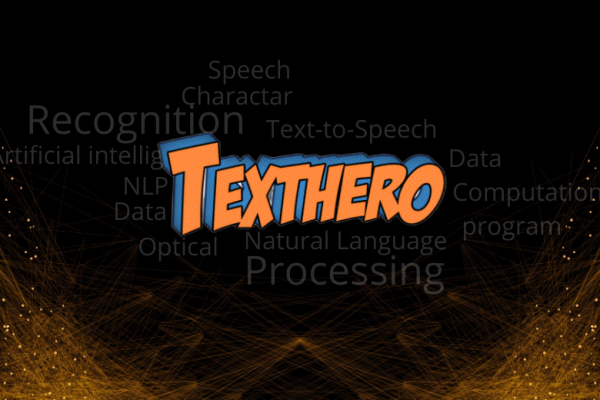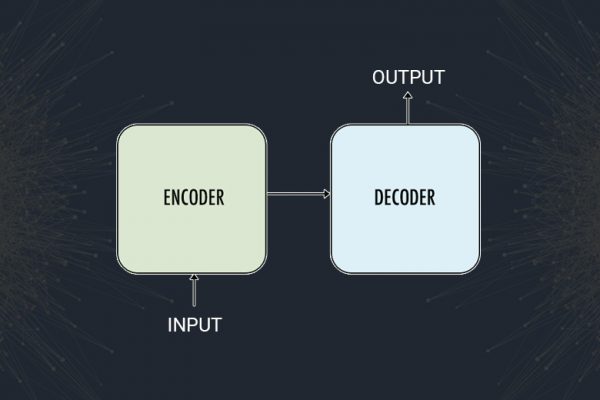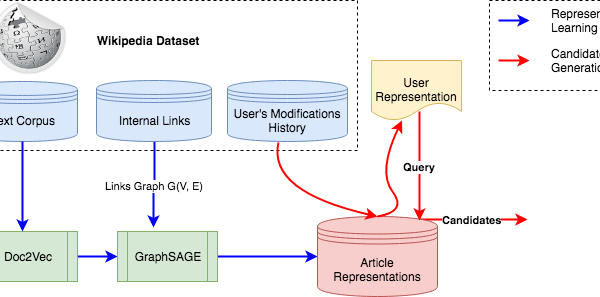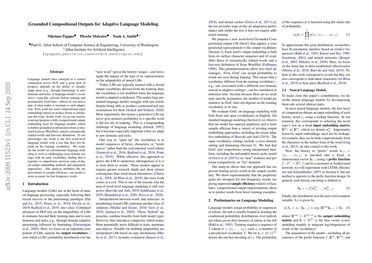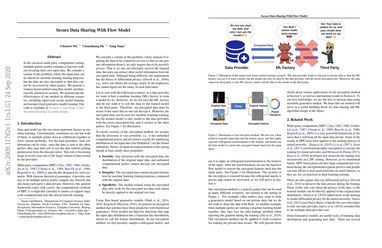How to Use Texthero to Prepare a Text-based Dataset for Your NLP Project
Introduction Natural Language Processing (NLP) is one of the most important fields of study and research in today’s world. It has many applications in the business sector such as chatbots, sentiment analysis, and document classification. Preprocessing and representing text is one of the trickiest and most annoying parts of working on an NLP project. Text-based datasets can be incredibly thorny and difficult to preprocess. But fortunately, the latest Python package called Texthero can help you solve these challenges. What is […]
Read more